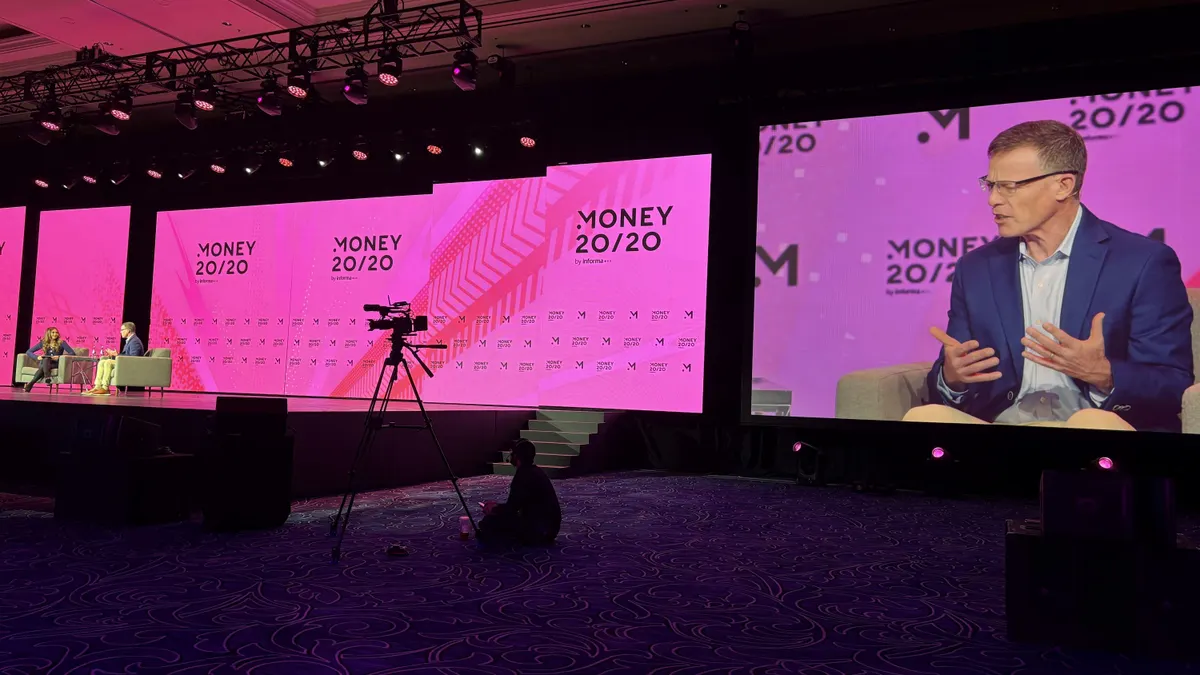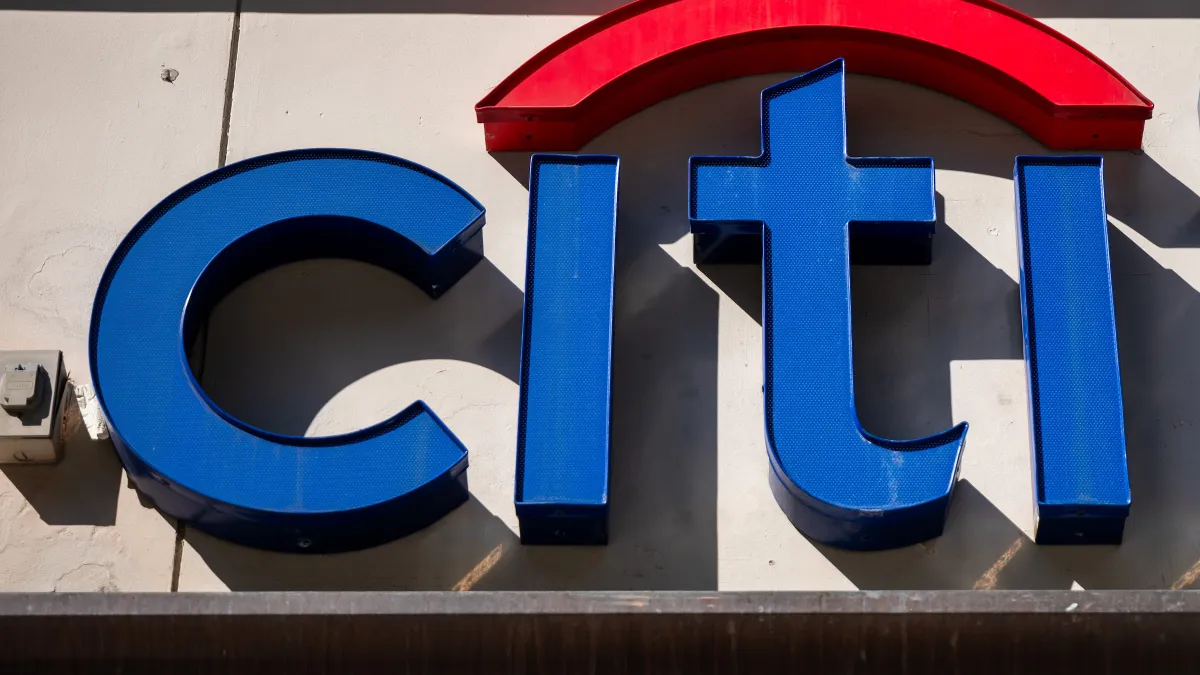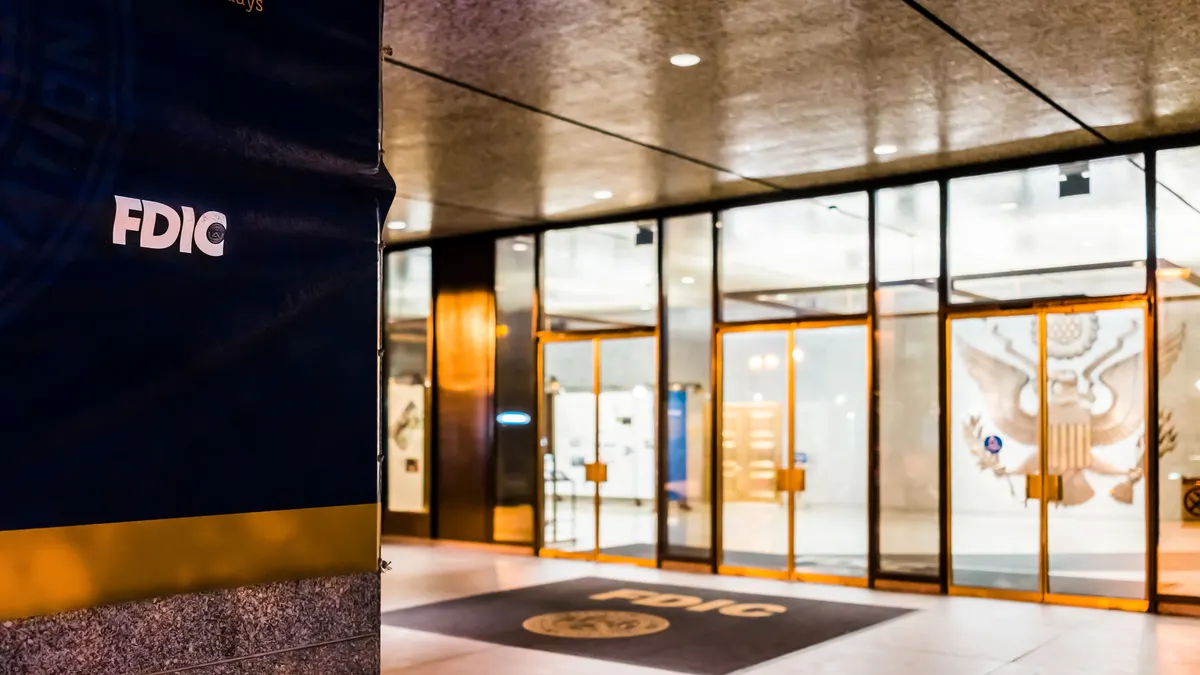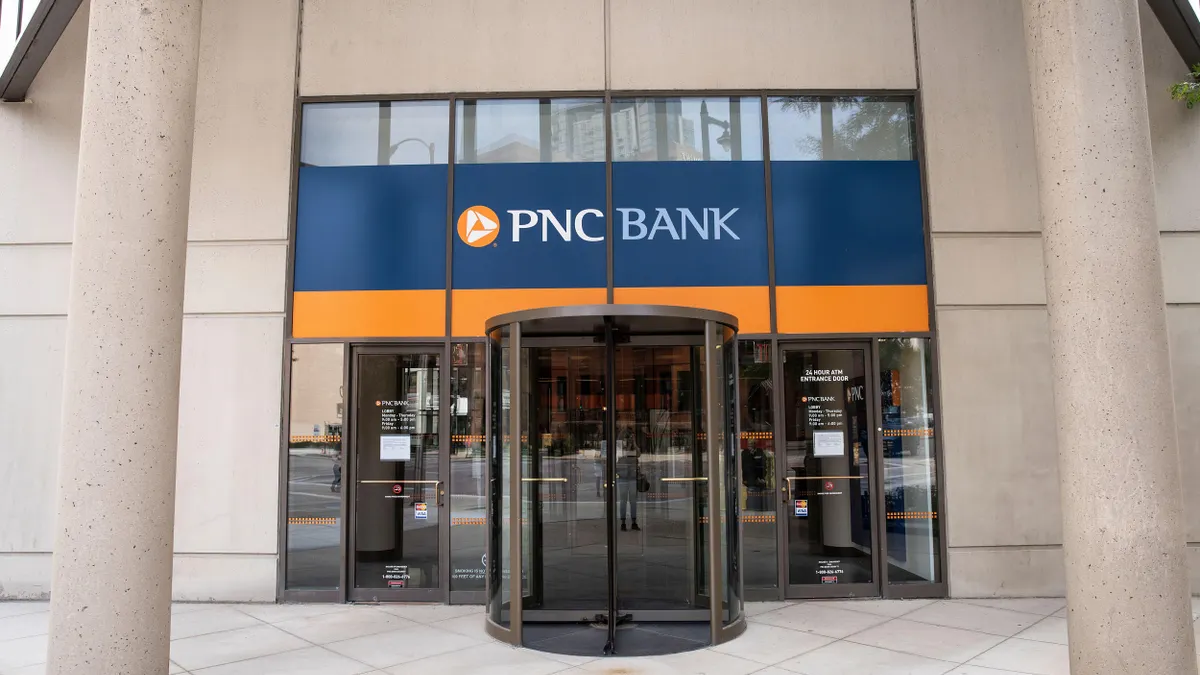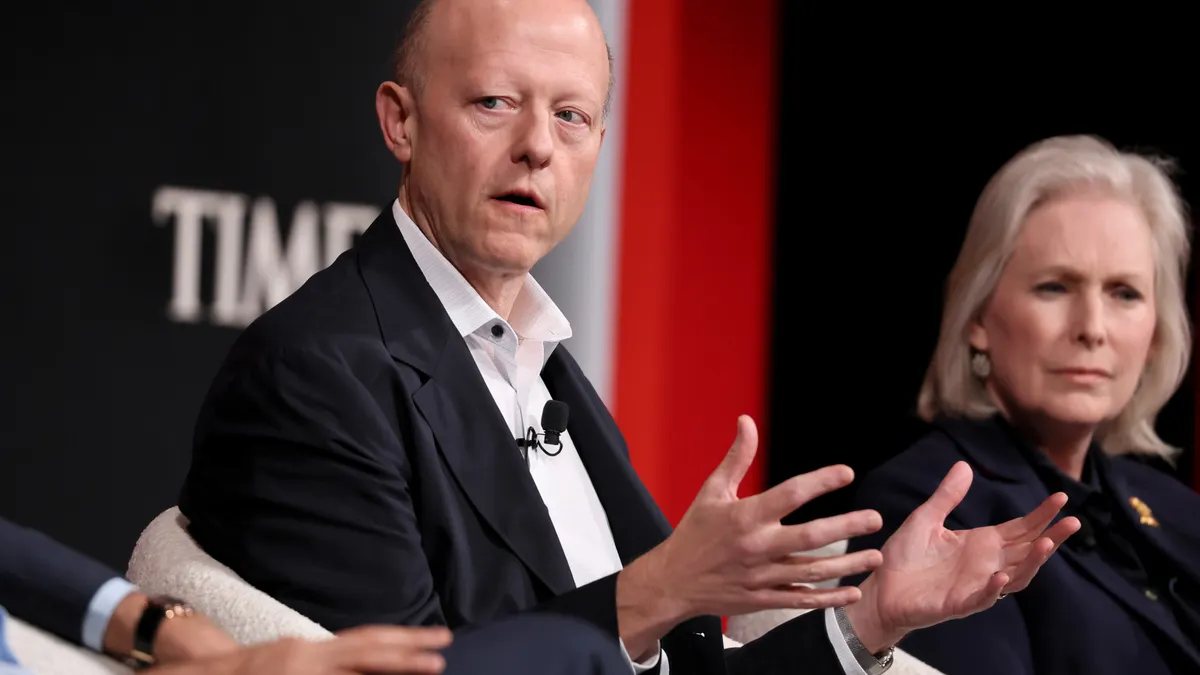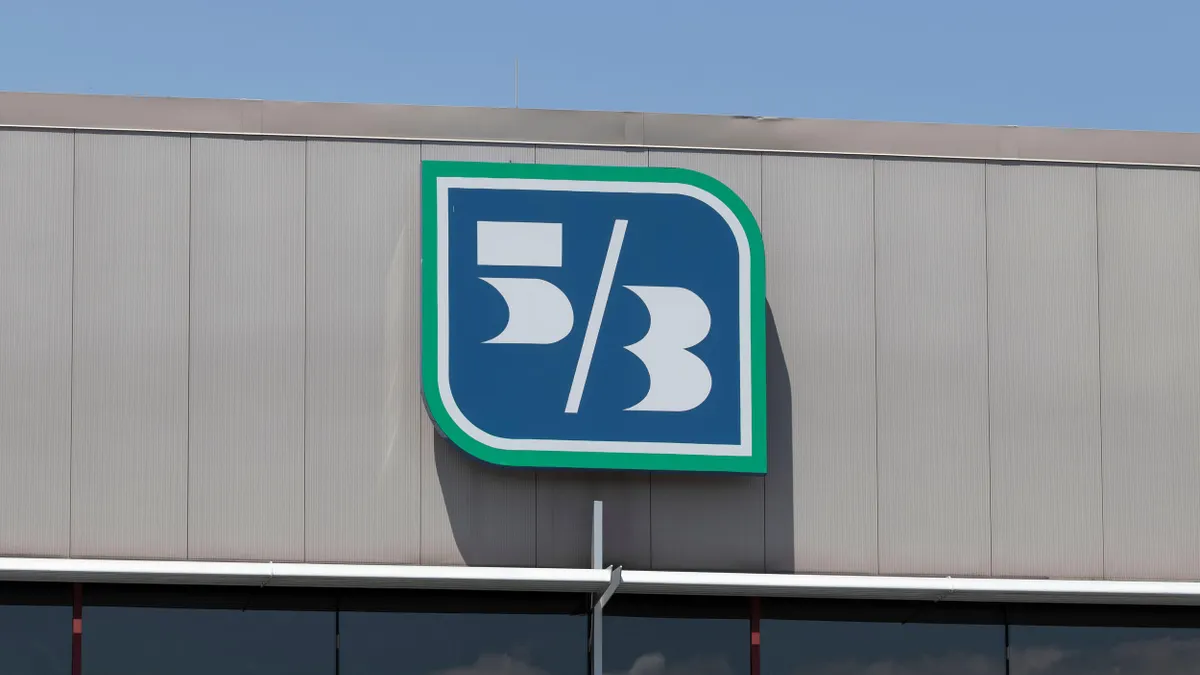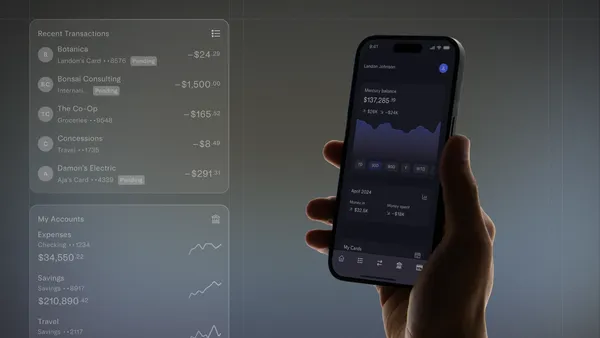Fintechs are dominating the personal loan market due to customer satisfaction and the growing presence with their digital-first strategy, a J.D. Power study released earlier this month said.
While traditional banks still manage to hold consumer trust and the lion’s share of their accounts, they are lagging behind the fintechs when it comes to customer satisfaction and ease of interaction.
According to the J.D. Power 2023 Consumer Lending Satisfaction Study, American Express tops the survey, closely followed by BestEgg, while Discover and SoFi hold on to the third spot.
The study measured overall customer satisfaction in five factors — customer service for a loan, experience managing a loan, experience obtaining a loan, how customers are kept informed about a loan, and whether a loan met the borrowing needs of a customer.
Responses from 4,525 personal loan borrowers were considered for the study during the period of January through March 2023.
Customers are more satisfied with fintechs than their traditional counterparts, the study showed. This year, the overall customer satisfaction score for fintechs rose 16 points on a 1,000-point scale, while that for the non-fintech brands had a 12-point gain on a year-over-year scale.
Last year, Marcus by Goldman Sachs ranked highest among personal loan lenders in overall customer satisfaction.
Fintechs have been competing with traditional banks for a long time and are catching up to them. Traditional lenders and big credit card companies like Discover and American Express have a huge “marketing halo” and prefer to work within their own customer base, according to Bruce Gehrke, senior director of wealth and lending intelligence at J.D. Power.
“It's a very tough competitive position,” Gehrke told Banking Dive. “But what we are seeing is the efficiency and the speed in which the fintechs have driven this particular product – unsecured personal loans being adopted in the more traditional lending space. So, they have had to do that to compete. And as the business has changed, and sort of evolved over the last five years, some of those lenders are now going outside of that existing customer footprint.”
Fintechs are analytically sound with their algorithms for underwriting and assessing credit, he said. The ease and pace with which fintechs transfer money to a customer account make them stand out among the crowd of traditional lenders.
“It’s an easy process, it works quickly, and it meets that very, very real need that the customer has right now,” Gehrke pointed out. “And I think those are the pieces where they have really excelled. And that's why they have been able to close that gap without spending those big marketing dollars like in American Express, or even the big banks like Citi and Wells and folks like that,” he added.
Fintechs gained customers by giving them services without having them face any problems — 83% of customers said they never faced any problem with their loans compared with 74% of non-fintech borrowers. If a customer faces any problem with a brand, that puts it “behind the curve to start with,” Gehrke noted.
The complementary part of problem avoidance is problem resolution, which the fintechs have excelled at, and other lenders are getting better at, he said.
The study highlighted some other key findings that have helped the fintechs gain momentum this year.
Digital vs. human interaction
Though online services dominate the market, the study reinforces the importance of meeting the customer’s needs rather than the way it is achieved. Only 31% of applicants said they interacted with someone during the loan process, while 70% of those said it was necessary to get the approval.
“The digital self-service, the quicker it happens, the better it is, the less contact,” Gehrke said. “[If] he has to come back a second time, the satisfaction drops significantly whether it's digital or to a person.”
Well-informed Gen Z
When it comes to gathering information about the different lenders and their products, Gen Z leads the group.
According to the study, around 51% of Gen Z respondents “strongly agree” that a borrower should gather enough information before taking a loan compared with 39% of pre-boomers and 40% of Gen X respondents. Meanwhile, customers with a credit score of 740 or higher “strongly agree” to do extensive research before borrowing, compared with 35% of customers with a score of 670 or less.
Fintech brand awareness
Fintechs have jumped in to build awareness of their brands, and that showed in the study. This year, fintech brand awareness surged by 15%, with around 50% of respondents having heard of the different fintech brands included in the study.
Gehrke thinks third-party sites help fintechs gain visibility since borrowers go online to get information about the brand.
“Those younger borrowers, which are more of a majority of the folks in this market now, they are more focused on getting information. These are the sources of information, and these are the brands that are there,” he noted. “And now we are hearing from other brands, more traditional brands that they're going to compete in there as well.”
Fintechs are working hard to build a strong customer base since the market saw an explosion of debt with borrowers coming back to the market after a significant drop during the pandemic phase, Gehrke highlighted.
“[The fintechs] are very, very focused on customer relationship and that is becoming a driving force,” he said. “I don't think the banking industry has ever not paid attention to [customer service], but I think the way the fintechs think about it is a little bit different and I think they are going to continue to press that as a competitive advantage. I think they believe that, they believe in what they are doing,” Bruce added.




